Vinegar uses for cleaning are more versatile and effective than you might think! I’m always on the lookout for ways to simplify my cleaning routine and ditch harsh chemicals, and that’s exactly what led me down the path of exploring the amazing power of vinegar. For centuries, vinegar has been a staple in households, not just for cooking, but also for its incredible cleaning properties. Think back to your grandmother’s cleaning rituals – chances are, vinegar played a starring role!
But why is vinegar such a cleaning superstar? Well, its acidity helps to break down grime, grease, and even hard water stains. Plus, it’s a natural disinfectant, making it a fantastic alternative to chemical-laden cleaners. In today’s world, where we’re all striving for a healthier and more sustainable lifestyle, understanding vinegar uses for cleaning is more important than ever. Not only will you save money by reducing your reliance on expensive cleaning products, but you’ll also be creating a safer and healthier environment for yourself and your family. So, let’s dive into some amazing DIY cleaning tricks using this everyday pantry staple!
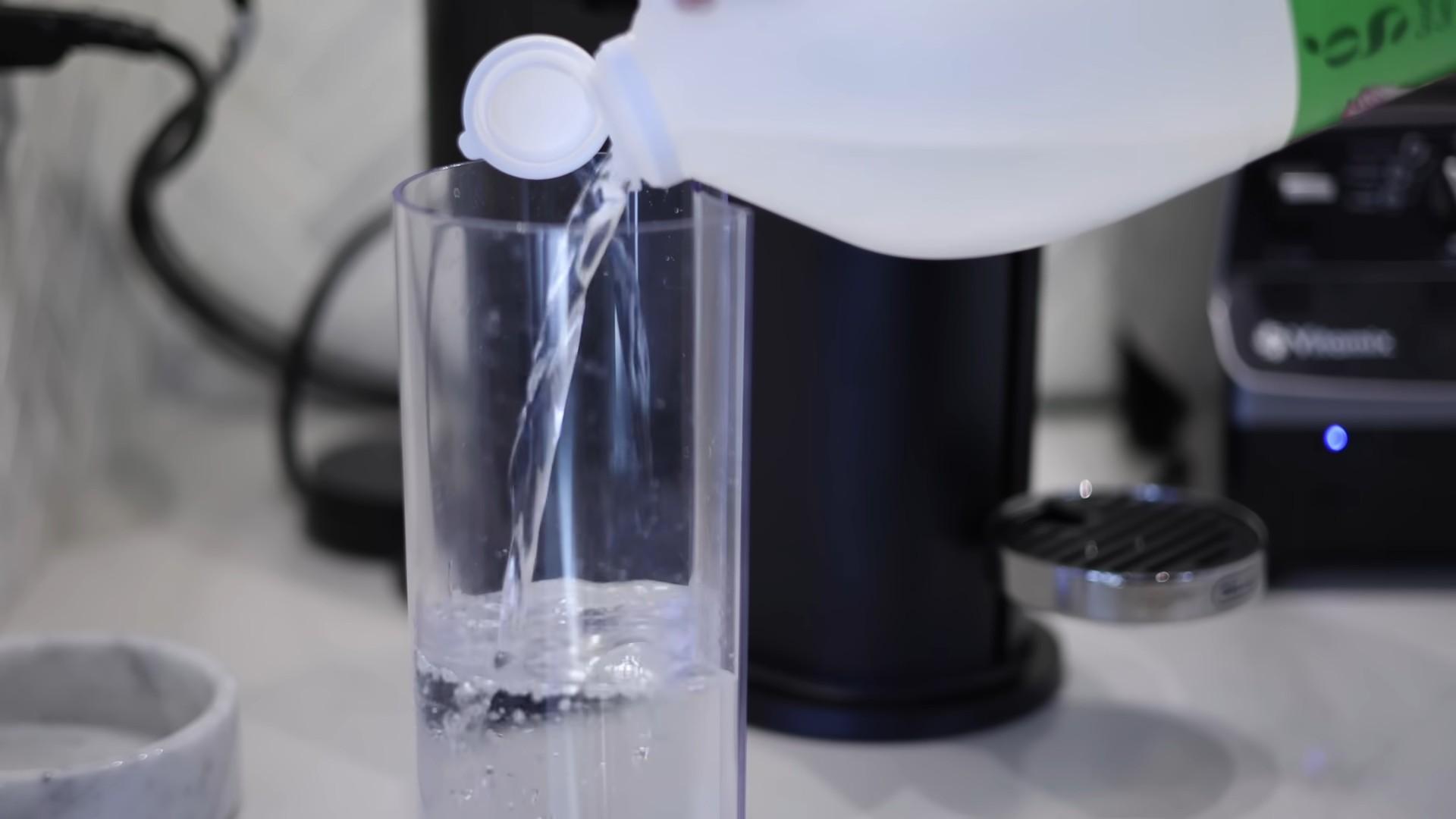
Unlocking the Cleaning Power of Vinegar: A DIY Guide
Hey there, fellow DIY enthusiasts! I’m so excited to share my favorite cleaning hack with you: using vinegar! It’s cheap, eco-friendly, and surprisingly effective. Forget those harsh chemicals – vinegar is your new best friend for a sparkling clean home. Let’s dive in!
General Vinegar Cleaning Tips
Before we get into specific projects, here are some general tips to keep in mind when cleaning with vinegar:
* Dilution is Key: Always dilute vinegar with water. A 1:1 ratio (equal parts vinegar and water) is a good starting point for most cleaning tasks. For tougher jobs, you can increase the vinegar concentration, but always test on an inconspicuous area first.
* White Vinegar is Your Go-To: While other types of vinegar exist, plain white vinegar is the best choice for cleaning. It’s clear, inexpensive, and doesn’t contain any added colors or flavors that could stain surfaces.
* Smell Sensitivity: Let’s be honest, vinegar has a strong smell. Don’t worry, the odor dissipates quickly. If you’re particularly sensitive, add a few drops of your favorite essential oil (like lemon, lavender, or tea tree) to your cleaning solution.
* Avoid Certain Surfaces: Vinegar is acidic, so avoid using it on natural stone surfaces like marble or granite, as it can etch them. Also, don’t use it on waxed furniture, as it can strip the wax.
* Test First: Before cleaning an entire surface, always test your vinegar solution on a small, hidden area to ensure it doesn’t cause any damage or discoloration.
Cleaning Your Kitchen with Vinegar
The kitchen is a breeding ground for grime, but vinegar can tackle even the toughest messes.
Cleaning the Microwave
Microwaves can get incredibly gross, incredibly fast. This is one of my favorite vinegar tricks!
1. Prepare the Solution: In a microwave-safe bowl, mix 1 cup of water and 1/4 cup of white vinegar.
2. Microwave It: Place the bowl in the microwave and heat on high for 5-10 minutes, or until the solution boils and the microwave is filled with steam.
3. Let it Sit: Leave the door closed for another 5-10 minutes to allow the steam to loosen the grime.
4. Wipe Clean: Carefully remove the bowl (it will be hot!) and wipe down the inside of the microwave with a clean cloth or sponge. The loosened grime should come off easily.
5. Stubborn Spots: For stubborn spots, dip a sponge or cloth in the remaining vinegar solution and scrub gently.
Cleaning the Coffee Maker
A clean coffee maker means better-tasting coffee!
1. Empty and Rinse: Empty the coffee maker of any remaining coffee grounds and rinse the carafe and filter basket.
2. Vinegar Solution: Fill the water reservoir with a solution of equal parts white vinegar and water.
3. Brew Halfway: Start the brewing cycle and let it run for about half the cycle.
4. Let it Sit: Turn off the coffee maker and let the vinegar solution sit in the reservoir for about an hour. This allows the vinegar to dissolve mineral buildup.
5. Finish Brewing: Turn the coffee maker back on and finish the brewing cycle.
6. Rinse Thoroughly: Run two or three cycles with fresh water to rinse away any remaining vinegar.
Cleaning the Dishwasher
Keep your dishwasher running smoothly with a vinegar cleanse.
1. Empty Dishwasher: Make sure your dishwasher is completely empty.
2. Vinegar Bowl: Place a dishwasher-safe bowl filled with 1 cup of white vinegar on the top rack of the dishwasher.
3. Run a Cycle: Run the dishwasher on a hot cycle.
4. Repeat Monthly: Repeat this process once a month to keep your dishwasher clean and free of buildup.
Cleaning Cutting Boards
Cutting boards can harbor bacteria, so regular cleaning is essential.
1. Rinse with Hot Water: Rinse the cutting board with hot water to remove any loose food particles.
2. Vinegar Spray: Spray the cutting board liberally with white vinegar.
3. Let it Sit: Let the vinegar sit for a few minutes to disinfect the surface.
4. Wipe Clean: Wipe the cutting board clean with a damp cloth or sponge.
5. Optional: For extra cleaning power, sprinkle the cutting board with baking soda before spraying with vinegar. The fizzing action will help to loosen stubborn stains and grime.
Cleaning Your Bathroom with Vinegar
Vinegar is a fantastic bathroom cleaner, tackling everything from soap scum to mildew.
Cleaning Showerheads
Hard water can clog showerheads, reducing water pressure. Vinegar to the rescue!
1. Vinegar Bag: Fill a plastic bag with white vinegar.
2. Secure the Bag: Attach the bag to the showerhead using a rubber band, ensuring the showerhead is completely submerged in the vinegar.
3. Soak Overnight: Let the showerhead soak in the vinegar overnight.
4. Remove and Rinse: Remove the bag and rinse the showerhead thoroughly with water.
5. Scrub if Needed: If there’s still some buildup, use an old toothbrush to scrub the showerhead clean.
Cleaning Shower Doors and Walls
Soap scum and mildew are no match for vinegar!
1. Vinegar Spray: Fill a spray bottle with equal parts white vinegar and water.
2. Spray and Soak: Spray the shower doors and walls with the vinegar solution and let it sit for about 15-20 minutes.
3. Scrub and Rinse: Scrub the surfaces with a sponge or scrub brush to loosen the soap scum and mildew.
4. Rinse Thoroughly: Rinse the shower doors and walls thoroughly with water.
5. For Stubborn Mildew: For stubborn mildew stains, create a paste of baking soda and vinegar and apply it to the affected areas. Let it sit for a few minutes, then scrub and rinse.
Cleaning Toilets
Vinegar can help keep your toilet clean and fresh.
1. Pour in Vinegar: Pour 1-2 cups of white vinegar into the toilet bowl.
2. Let it Sit: Let the vinegar sit for at least an hour, or preferably overnight.
3. Scrub and Flush: Scrub the toilet bowl with a toilet brush and flush.
4. Under the Rim: For cleaning under the rim, use a spray bottle filled with vinegar to spray the area and let it sit before scrubbing.
Other Household Cleaning Uses for Vinegar
Vinegar’s cleaning power extends beyond the kitchen and bathroom.
Cleaning Windows and Mirrors
Get streak-free shine with vinegar!
1. Vinegar Solution: Mix equal parts white vinegar and water in a spray bottle.
2. Spray and Wipe: Spray the windows or mirrors with the vinegar solution and wipe clean with a microfiber cloth.
3. Dry Thoroughly: Dry the surface with a clean, dry microfiber cloth to prevent streaks.
Cleaning Floors (Except Natural Stone)
Vinegar can be used to clean many types of floors, but remember to avoid natural stone.
1. Vinegar Solution: Mix 1/2 cup of white vinegar with a gallon of warm water.
2. Mop the Floor: Mop the floor with the vinegar solution, making sure to wring out the mop well to avoid leaving excess water on the floor.
3. Rinse if Needed: If you’re concerned about a vinegar smell, you can rinse the floor with clean water after mopping.
Removing Stickers and Adhesive Residue
Vinegar can help loosen stubborn stickers and adhesive residue.
1. Soak with Vinegar: Soak a cloth or paper towel with white vinegar and apply it to the sticker or adhesive residue.
2. Let it Sit: Let the vinegar sit for several minutes to soften the adhesive.
3. Peel or Scrape: Gently peel off the sticker or scrape away the adhesive residue with a plastic scraper or credit card.
4. Repeat if Necessary: Repeat the process if necessary until all the sticker or residue is removed.
Freshening Laundry
Vinegar can be used as a natural laundry booster and fabric softener.
1. Add to Wash: Add 1/2 cup of white vinegar to the washing machine during the rinse cycle.
2. Benefits: Vinegar helps to soften fabrics, remove odors, and brighten colors.
3. Don’t Use with Bleach: Never mix vinegar with bleach, as it can create harmful fumes.
Deodorizing Garbage Disposals
Keep your garbage disposal smelling fresh with vinegar.
1. Vinegar Ice Cubes: Freeze white vinegar in ice cube trays.
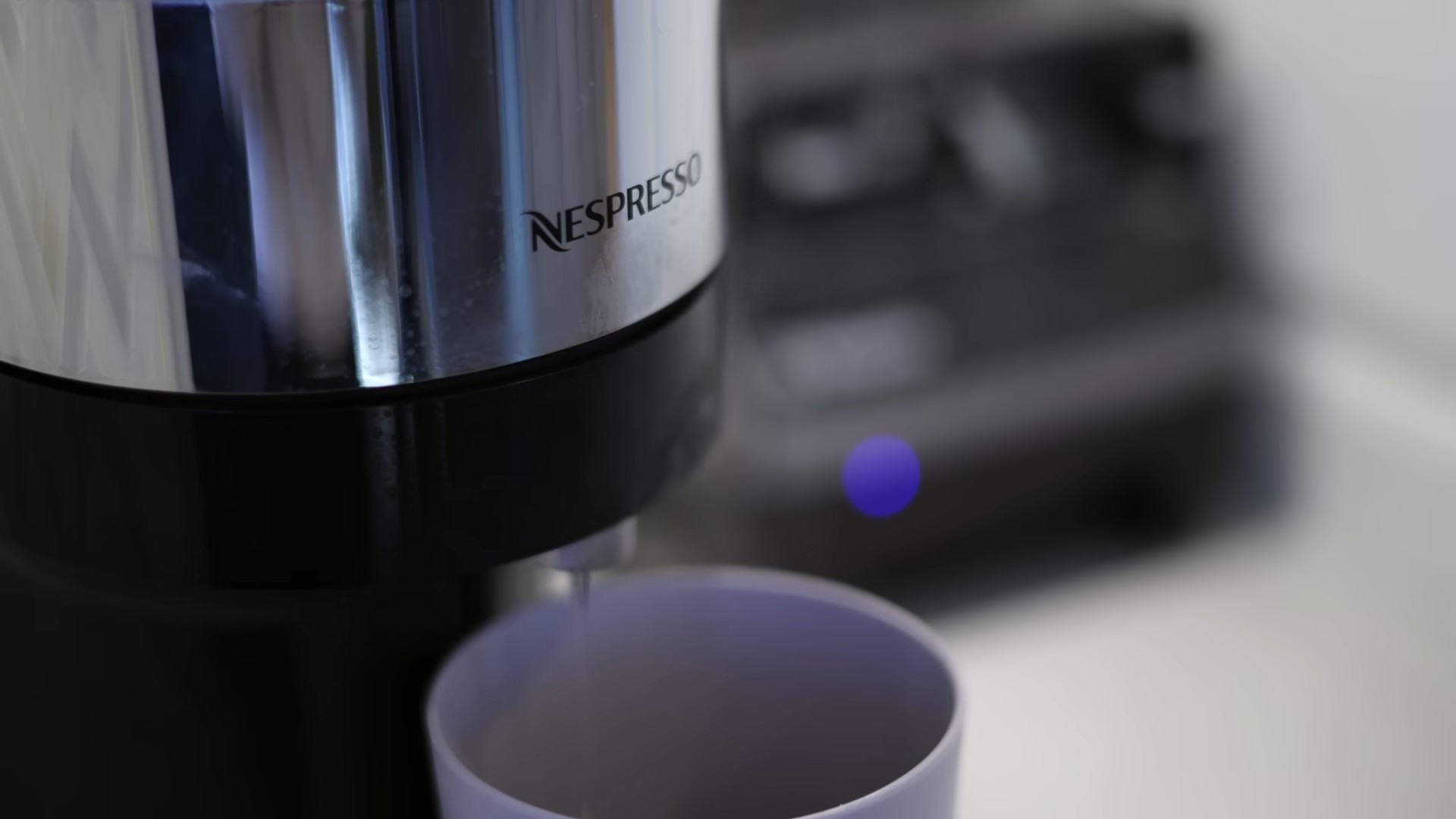
Conclusion
So, there you have it! Unlocking the power of vinegar for cleaning is not just a cost-effective alternative to harsh chemical cleaners; it’s a step towards a healthier home and a more sustainable lifestyle. We’ve explored how this humble pantry staple can tackle everything from stubborn hard water stains to lingering odors, all while being gentle on your surfaces and the environment.
Why is this DIY trick a must-try? Because it’s simple, effective, and readily available. You likely already have vinegar in your kitchen, making it an incredibly accessible cleaning solution. Forget about complicated recipes and expensive specialty products. With vinegar, you can achieve sparkling results with minimal effort and maximum peace of mind. Plus, you’ll be reducing your exposure to potentially harmful chemicals found in many commercial cleaners.
But the beauty of using vinegar for cleaning lies in its versatility. Feel free to experiment with different infusions to customize your cleaning solutions. Add citrus peels (lemon, orange, grapefruit) to your vinegar for a refreshing scent and extra degreasing power. Infuse it with herbs like lavender or rosemary for a calming and aromatic cleaning experience. You can even add a few drops of your favorite essential oils to boost the cleaning power and create a personalized fragrance.
For tougher cleaning jobs, consider increasing the concentration of vinegar in your solution. A 50/50 mixture of vinegar and water is generally effective for most surfaces, but for stubborn stains or grime, you can try using undiluted vinegar. Just be sure to test it on an inconspicuous area first to ensure it doesn’t damage the surface.
Another variation to explore is using different types of vinegar. While white distilled vinegar is the most common and versatile choice for cleaning, apple cider vinegar can also be used for certain tasks. It has a milder scent and is particularly effective for cleaning wood surfaces and removing soap scum. Cleaning with vinegar is a game changer.
We’re confident that once you experience the cleaning power of vinegar, you’ll be hooked. It’s a simple, sustainable, and surprisingly effective way to keep your home clean and fresh. So, ditch the harsh chemicals and embrace the natural cleaning power of vinegar.
Now, it’s your turn! We encourage you to try these DIY vinegar cleaning tricks and see the amazing results for yourself. Don’t be afraid to experiment with different variations and find what works best for your home and your cleaning needs. And most importantly, share your experiences with us! We’d love to hear your tips, tricks, and success stories in the comments below. Let’s create a community of vinegar cleaning enthusiasts and spread the word about this amazing natural cleaning solution. Let us know what you think about cleaning with vinegar.
Frequently Asked Questions (FAQs)
Is vinegar safe to use on all surfaces?
No, vinegar is not safe to use on all surfaces. Avoid using vinegar on natural stone surfaces like marble, granite, and limestone, as the acidity can etch and damage them. It’s also best to avoid using vinegar on waxed wood furniture, as it can strip the wax finish. Additionally, do not use vinegar on electronics screens, as it can damage the anti-glare coating. Always test vinegar on an inconspicuous area before applying it to a larger surface. When in doubt, consult the manufacturer’s instructions for your specific surface.
What type of vinegar is best for cleaning?
White distilled vinegar is generally considered the best type of vinegar for cleaning. It has a high acidity level (around 5%) and is clear, making it less likely to stain surfaces. Apple cider vinegar can also be used for cleaning, but it has a milder scent and may leave a slight residue on some surfaces. Avoid using balsamic vinegar or other flavored vinegars for cleaning, as they can stain surfaces.
How do I get rid of the vinegar smell after cleaning?
The vinegar smell typically dissipates within a few hours. To speed up the process, you can open windows and doors to ventilate the area. You can also add a few drops of essential oils to your vinegar cleaning solution to mask the smell. Citrus oils like lemon, orange, and grapefruit are particularly effective at neutralizing the vinegar odor. Another option is to place a bowl of baking soda in the room to absorb the odor.
Can I mix vinegar with bleach?
Never mix vinegar with bleach! This combination creates toxic chlorine gas, which can be harmful and even fatal. Always use vinegar and bleach separately and never combine them in the same cleaning solution.
How do I clean my coffee maker with vinegar?
To clean your coffee maker with vinegar, fill the water reservoir with a 50/50 mixture of white distilled vinegar and water. Run the coffee maker through a full brewing cycle. Then, run two cycles with fresh water to rinse away any remaining vinegar. This will help remove mineral buildup and improve the performance of your coffee maker.
Can I use vinegar to clean my washing machine?
Yes, you can use vinegar to clean your washing machine. Pour 2 cups of white distilled vinegar into the detergent dispenser and run a hot water cycle. This will help remove detergent buildup, mildew, and odors. You can also add 1/2 cup of baking soda to the drum for extra cleaning power.
How do I clean my microwave with vinegar?
To clean your microwave with vinegar, combine 1 cup of water and 1/4 cup of white distilled vinegar in a microwave-safe bowl. Microwave on high for 5 minutes. Let the bowl sit in the microwave for another 5 minutes to allow the steam to loosen any stuck-on food. Then, carefully remove the bowl and wipe down the inside of the microwave with a clean cloth or sponge.
Is vinegar effective at killing germs?
Vinegar is effective at killing some germs, but it is not as effective as commercial disinfectants. Vinegar can kill some bacteria, such as E. coli and Salmonella, but it is not effective against all viruses. For disinfecting surfaces, it is best to use a commercial disinfectant that is specifically designed to kill germs. However, vinegar can be a good option for general cleaning and sanitizing.
Can I use vinegar to remove hard water stains?
Yes, vinegar is very effective at removing hard water stains. To remove hard water stains from faucets and showerheads, soak a cloth in white distilled vinegar and wrap it around the fixture. Let it sit for at least 30 minutes, or longer for stubborn stains. Then, scrub the fixture with a brush or sponge and rinse with water. For hard water stains on shower doors, spray the door with vinegar and let it sit for a few minutes before scrubbing and rinsing.
How often should I clean with vinegar?
How often you clean with vinegar depends on your individual needs and preferences. For general cleaning, you can use vinegar once a week or as needed. For specific tasks, such as cleaning your coffee maker or washing machine, you may want to clean with vinegar once a month or every few months. Pay attention to your home and clean with vinegar whenever you notice dirt, grime, or odors.

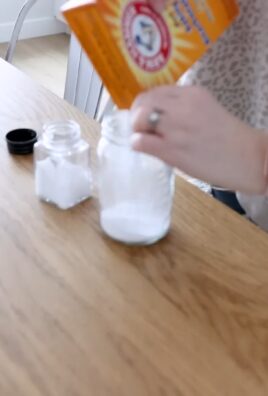
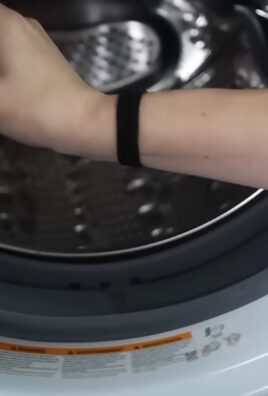
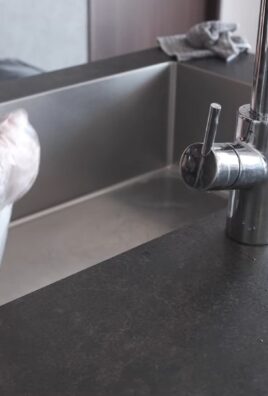
Leave a Comment